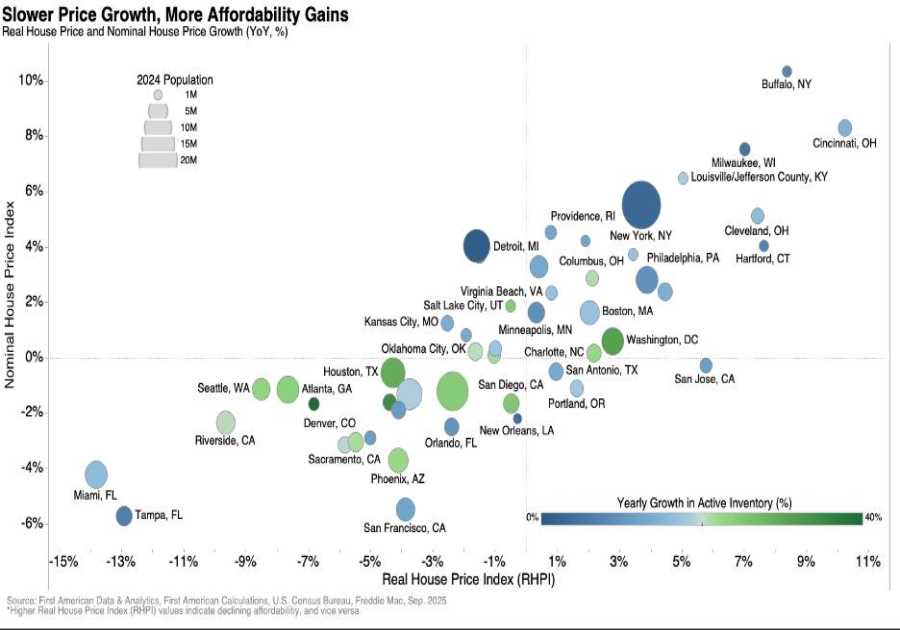The offers and details on this page may have updated or changed since the time of publication. See our article on Business Insider for current information.
Paid non-client promotion: Affiliate links for the products on this page are from partners that compensate us (see our advertiser disclosure with our list of partners for more details). However, our opinions are our own. See how we rate investing products to write unbiased product reviews.

Daphne Youree
- My parents' retired friends take luxury vacations thanks to their dividend-paying stocks.
- I want to live like them in retirement, so I'm budgeting to invest more in dividend stocks.
- Next, I'll decide how much of the dividends I should take before retirement.
One of the topics I like to chat about with my parents is retirement. Both of my parents recently turned 70 and they aren't retired yet. However, many of their friends (who are around the same age) have been retired for years and they seem to live affluent lives.
When I've brought this up to my mom and asked how her friends are constantly taking fancy trips, living in expensive houses, and driving nice cars, she has simply said that many of her pals are living off their dividends.
At first, I wondered what that actually meant. Was that some sort of retirement planning secret I didn't know about yet? But the more I looked into it, the more I realized living off your dividends was a tactic that, while requiring strategy and good planning, could set a retiree up for a comfortable life when they stop working.
So what does it mean to live off your dividends? If you invest in dividend-paying stocks, mutual funds, or ETFs, which provide distributions of stocks or cash to shareholders, over time, the cash generated by those dividend payments can supplement your income when you retire. Depending on how much money you have in those stocks or funds, their growth over time, and how much you reinvest your dividends, you could be generating enough money to live off of each year, without having any other retirement plan.
This appeals to me because I started planning for retirement in my 30s. Before then, I didn't put any cash away in a 401(k) or IRA. I've always felt behind on my retirement savings goals, and since I want to retire in my 50s, adding dividend stocks and funds to my retirement plans seems like a viable option. Here's how I'm working now to be able to tap into dividends when I retire.
I'm researching the best dividend-paying stocks and funds for me
While I already invest in a few dividend-paying stocks through my SEP IRA, I want to invest in individual dividend-paying stocks in a taxable brokerage account as well. To pick the right stocks, I need to spend time researching companies that meet my criteria, which include long-term profitability, solid cash flow, and a track record of dividend payouts from years prior. Because this isn't my expertise, once I have a list of potential stocks I'm interested in, I plan to consult a financial advisor for advice and guidance.
I'm determining how much I want this to make up my retirement plan
While living off of dividend checks is something I hope to do when I retire, I don't want to make it my entire plan. For the past four years, I've stuck to a regular and robust SEP IRA contribution plan and want to use that retirement fund to support the majority of my lifestyle when I stop working. While I do have some dividend-generating stocks in my SEP IRA portfolio, it's a very small amount.
In addition to what's inside my SEP IRA, I want to continue to work toward a strategy that has my retirement plan shaping up to include 20% future income from dividend stocks, 30% passive income from real estate and small business investments, 30% income from my SEP IRA (including some dividend stocks), and 20% from side hustles that I'd like to do when I officially retire.
I'm budgeting a certain amount to invest quarterly
I'm on a strict budget that allows me to contribute a set amount of cash every month to my SEP IRA. Now, I also want to budget a certain amount every quarter to invest in more dividend-paying stocks and funds.
Since this isn't my top priority right now, I'll determine how much to invest based on what other financial goals I've met that quarter. As I get more financially savvy and earn more money, I plan to increase my contributions.
I'm deciding how much of the dividends to take before retirement
One of the best ways to really make dividend-yielding stocks a worthwhile source of income in retirement is to make sure that you're reinvesting the distributions you receive to buy more stocks. That way, the amount of cash you have in that stock or fund can grow over time.
However, if I want to make a big financial move now, I can use some of those dividends to help support that purchase, and the distributions will be taxed as income. I've decided that unless it's for a financial emergency or to buy an investment property (that will generate passive income), I'd like to plan to re-invest all the distributions I receive back into that stock or fund while I'm still working.
This article was originally published in May 2022.
Read More
By: [email protected] (Jen Glantz)
Title: My parents' retired friends live luxuriously thanks to a smart investment move, and I'm planning to follow their lead
Sourced From: www.businessinsider.com/parents-friends-live-off-dividends-retirement-2024-5
Published Date: Tue, 14 May 2024 21:58:01 +0000
Did you miss our previous article...
https://trendinginbusiness.business/business/harness-ai-to-transform-your-workplace-embrace-the-future
.png)





